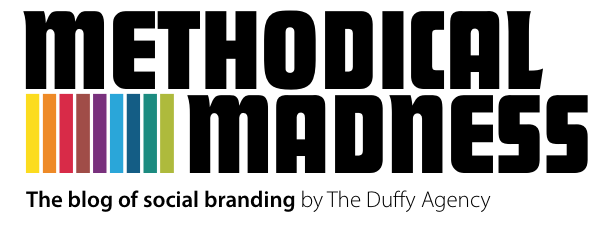How your brand can be an honest shade of green
 Friday, June 17, 2011 at 10:00AM
Friday, June 17, 2011 at 10:00AM The last few years have seen an increase in environmental awareness among consumers. More and more people are opting for eco-friendly labels and there’s been a huge surge in demand for everything clean and green—from transport to technology to clothes to cosmetics.

Now while some of these brands are genuinely green, there are plenty of others out there who brazenly claim green credentials. “Look at me, I’m green. Buy me, and you will reverse global warming, improve air qual¬ity and save the tropical rainforests,” they say. Consumers, of course, are not morons. Their radar can pick up and tune out messages that sound like exaggerated and unsubstantiated claims. This practice is so prevalent that a new term has been coined to describe companies who try to spin their products as environmentally friendly: greenwashing.
The bad news is that companies that continue with their indiscriminate greenwashing can, in the long run, hurt their brand. Consumers can boycott it. Green activists can run negative campaigns about it. And regulators can impose restrictions and huge penalties by way of fines if they discover a deceptive claim. In fact, Greenpeace has a website dedicated exclusively to exposing greenwash—stopgreenwash.org.
Here are a few ways your company can start staking your green claim:
1. Develop a realistic corporate social responsibility (CSR) policy that integrates "green" business practices
2. Be aware of how your products impact the environment from manufacturing to retail packaging to disposal
3. Develop real, measurable ways to mitigate or eliminate your impact in all phases of your product’s lifecycle
4. Whenever possible choose green alternatives for everything from heating oil to copy paper
5. Encourage a green culture in your workplace through recycling and energy efficiency
The potential of this new market has led to an increasing number of companies and brands approaching The Duffy Agency for help showing off their green side. But as Kermit often said, it's not easy being green. Our initial advice is simple: you can't just talk the talk; you must walk the walk. Because the illusion of being green is not the same as being genuinely green.
Kevin Duffy is the Creative Director for The Duffy Agency's Boston office.

Reader Comments